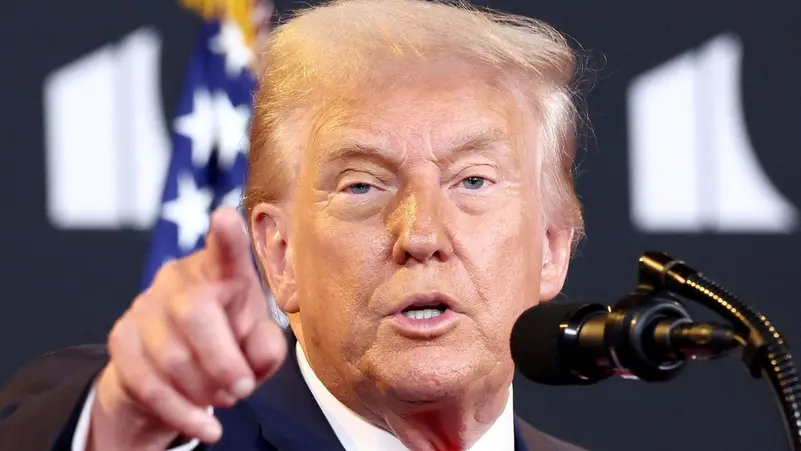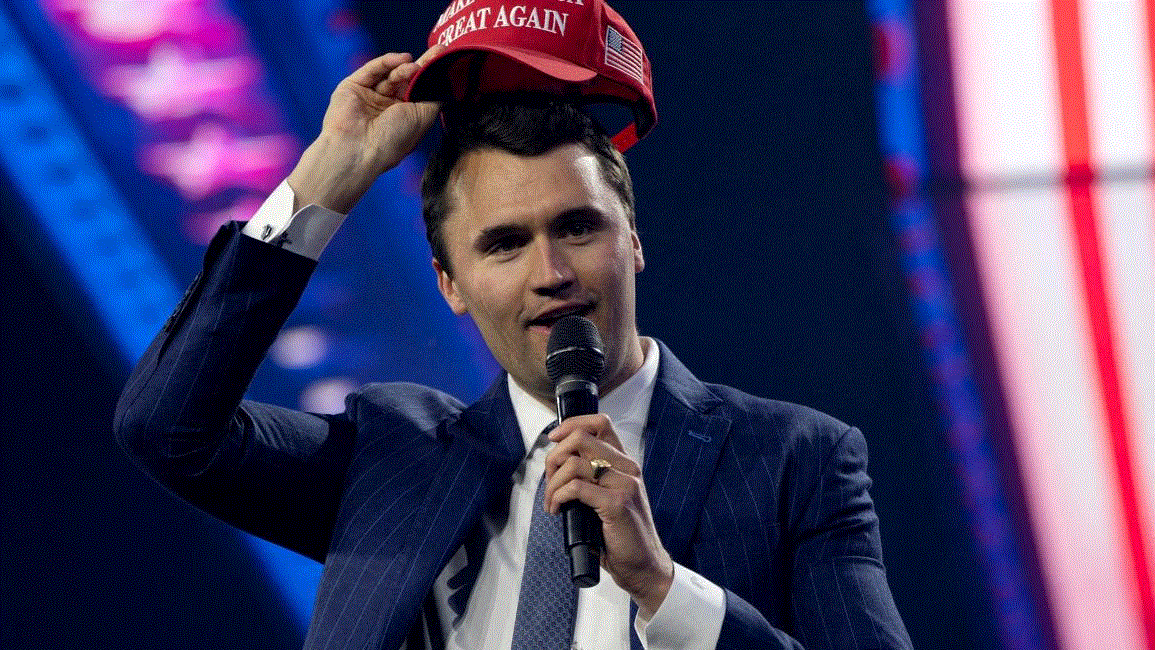American Açaí Lovers Brace for 50% Tariff as Trump’s Brazil Trade Policy Hits Home

A sudden surge in tariffs is expected to reshape how Americans consume one of the most popular wellness foods: açaí bowls. Starting August 1, a 50% import tariff on frozen açaí pulp from Brazil is set to hit U.S. retailers hard. Reporting from Reuters, Bloomberg, and local coverage highlights how this policy—driven by the Trump administration’s trade strategy—could turn a beloved health snack into a luxury item overnight.
Why the Tariff Matters to Everyday Consumers
Nearly all U.S. açaí pulp is sourced from Brazil. The upcoming tariff stems from broader trade negotiations under President Donald Trump, part of a reciprocal tariff structure affecting various Brazilian exports, including coffee and orange juice. According to Reuters, small açaí shops in major cities like New York and Los Angeles expect to either raise prices or cut portion size to offset costs.
As reported by Bloomberg and local retailers, a typical açaí bowl, priced at $13 to $18, may see price hikes of 20–30%—or worse—prompting customers to treat it as an occasional luxury rather than a daily staple.
Restaurants and Chains Sound the Alarm
Playa Bowls, with approximately 300 U.S. outlets, and Oakberry, a 700-store chain, are bracing for impact. “If the tariff hits, people are likely to buy less—but cost absorption alone may not be feasible,” one New York manager told Reuters.
Retailers across the U.S. are weighing whether to raise menu prices, absorb losses, or change suppliers. Analysts warn the move highlights how global trade policy can ripple into American consumer habits in unexpected ways.
Broader Economic and Market Ripple Effects
The tariff isn’t just a food issue—it’s sparking investor concerns. Fox News and market analysts note that agriculture-linked stocks, beverage companies, and health food suppliers may see input cost spikes.
According to Bloomberg, such tariffs contribute to inflationary pressure and could influence upcoming Federal Reserve decisions on interest rates. Meanwhile, consumer confidence surveys show that shoppers are increasingly sensitive to plant-based snack pricing—suggesting broader costs might affect discretionary spending.
What Brazilian Producers Are Facing
Brazilian producers are scrambling to assess profitability. Reuters quotes industry groups saying the math is not favorable—higher tariffs will force many exporters to either pass the cost along or seek other markets.
Exports of açaí have ballooned over the past decade, but rising U.S. import costs could erode profitability and market share, prompting long-term reconfiguration of export flows and trade partnerships.
Consumer Behavior Shift: From Wellness to Wallet
For U.S. consumers, the açaí bowl trend has symbolized health-conscious living. The tariff, however, may recast it as a discretionary indulgence. Market watchers predict decline in foot traffic at smoothie shops and a shift toward cheaper frozen fruit or juices.
In interviews, consumers already cite inflation and high grocery bills as top concerns—making high-margin snacks one of the first to go when budgets tighten.
Political Fallout and Policy Framing
The tariff policy frames larger political debates. Trump allies have pointed to açaí as an example of “unapologetic trade leverage,” while critics argue policies disproportionately affect working-class consumers and small businesses.
In Washington, lawmakers are divided: some support the broad trade posture; others warn it could feed into narratives of supply-chain disruption and rising inequality.
Trade Strategy amid Upcoming EU Talks
This policy move arrives amid delicate U.S.–EU trade negotiations, fueling speculation that U.S. demand for reciprocal tariffs may extend beyond Brazil. Analysts at Columbia University warn that aggressive tariff structures could spur retaliatory measures and feed global uncertainty just as investors eye Fed policy shifts.
Voices from the Ground
In New York, one shopper opined, “Açaí was my quick breakfast fix—if the price doubles, I’ll drop it.” In Brazil, exporters warn of lost margins and long-term business risks. Financial analysts caution that even niche tariffs can damage broader trade sentiment and investment mood.
What Happens Next
-
Small retailers adjust pricing or sourcing to offset cost increases.
-
Trade groups and industry associations lobby for exemptions or phased phase-in.
-
Analysts track inflation data for signs of impact from specialized tariffs.
-
Consumer trends shift as discretionary spending reprioritizes.
-
Media coverage from outlets like Fox, Reuters, and Bloomberg continue spotlighting policy winners and losers.
The impending 50% açaí tariff may seem niche—but its effects ripple far and wide: from local cafés to global trade dynamics. Today’s move is a window into how trade policy, economic volatility, and consumer behavior collide in the modern era. As Washington debates big-picture strategy, average Americans may feel the pinch of açaí prices long before tariffs affect broader markets.




